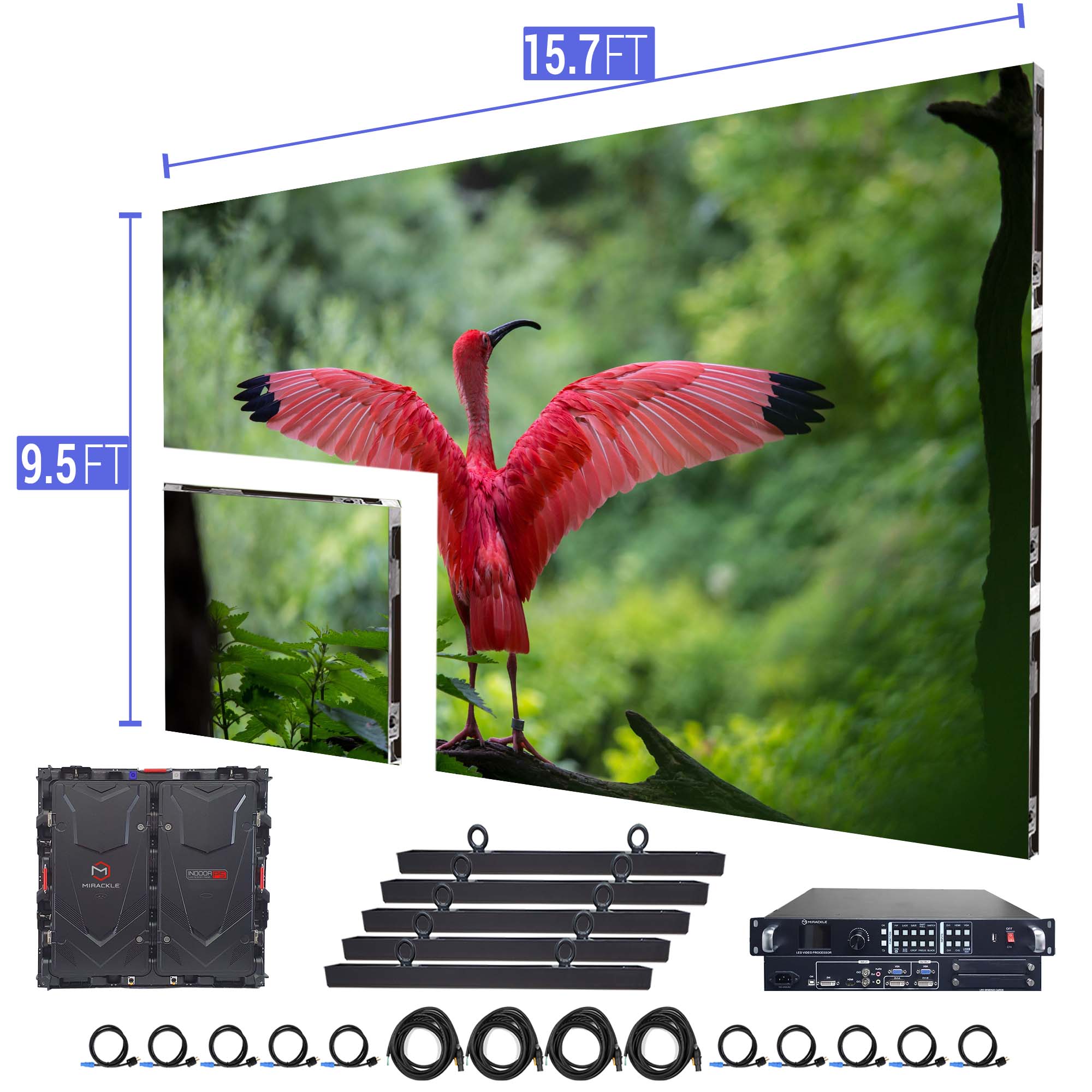Exploring the Wide-ranging Connectivity Solutions Available for LED Display Panels
Exploring the Wide-ranging Connectivity Solutions Available for LED Display Panels
Blog Article
LED display panels have secured popularity for their ability to deliver crisp imagery in multiple settings, from professional environments to event venues. One of the primary aspects of these systems is their connectivity options, which allow users to connect them to different devices and systems. Comprehending the diverse connectivity options supported for LED wall panels is vital for maximizing their use and effectiveness. This article explores these options, showcasing how they can cater to specific needs and preferences.
One common interface method for LED wall panels is High-Definition Multimedia Interface. High-Definition Multimedia Interface is broadly known for delivering crisp video and audio streams between devices. This interface type is especially useful in commercial environments, such as conference rooms or training rooms, where presentations or video content are often shared. By using HDMI cables, operators can seamlessly link laptops, projectors, and streaming equipment to Light Emitting Diode wall panels, ensuring a sharp and dynamic display of information.
Another commonly used connectivity method is DisplayPort, which is comparable to High-Definition Multimedia Interface but offers additional benefits. Display Port can support elevated refresh rates and resolutions, making it an excellent choice for gaming or design-heavy applications. For those using LED wall panels in settings where output quality is critical, such as esports arenas or design studios, Display Port can provide the necessary visual quality. Additionally, many contemporary computers and graphics cards include DisplayPort connections, making it a convenient solution for technology-oriented users.
In contrast to High-Definition Multimedia Interface and DisplayPort, wireless transmission methods are becoming progressively prevalent in Light read Emitting Diode wall panel solutions. Wireless connections allow users to share content without the requirement for physical cables, promoting a cleaner and more adaptable configuration. Platforms such as Wi-Fi and Bluetooth allow users to connect smartphones, tablets, and laptops seamlessly to LED wall panels without cumbersome wires. This convenience is particularly advantageous in fast-paced environments like trade shows or events, where rapid changes to displays are often required.
For larger installations or more complex setups, LAN integration through wired networking is another reliable option. Ethernet connections provide a stable and reliable way to connect multiple LED wall panels within a system. This approach is suitable for digital signage applications found in shopping malls or airports, where multiple panels may need to present coordinated content across a broad area. By using network cabling and routing hardware, users can ensure that all connected panels receive consistent updates and information efficiently.
Finally, it's crucial to consider the future of connectivity with technologies such as Universal Serial Bus-C and Thunderbolt Three. These next-generation interfaces offer enhanced data transfer rates and flexibility by allowing one connector to handle both energy transfer and data exchange. As more devices adopt these standards, LED wall panels equipped with USB-C ports will likely become more common. This evolution in connectivity not only enhances the functionality of LED wall panels but also aligns with the growing trend of minimalistic design in technology setups by minimizing the number of wires required.
In summary, examining the broad interface methods accessible for Light Emitting Diode wall panels uncovers many opportunities for operators across various fields. From traditional methods like HDMI and DisplayPort to modern wireless solutions and network connections, each option serves unique purposes tailored to specific needs. Furthermore, site here next-gen technologies like Universal Serial Bus-C offer further developments in how professionals utilize Luminescent Diode wall panels. By grasping these integration choices, individuals can make informed decisions that enhance their overall experience with these versatile visual solutions.